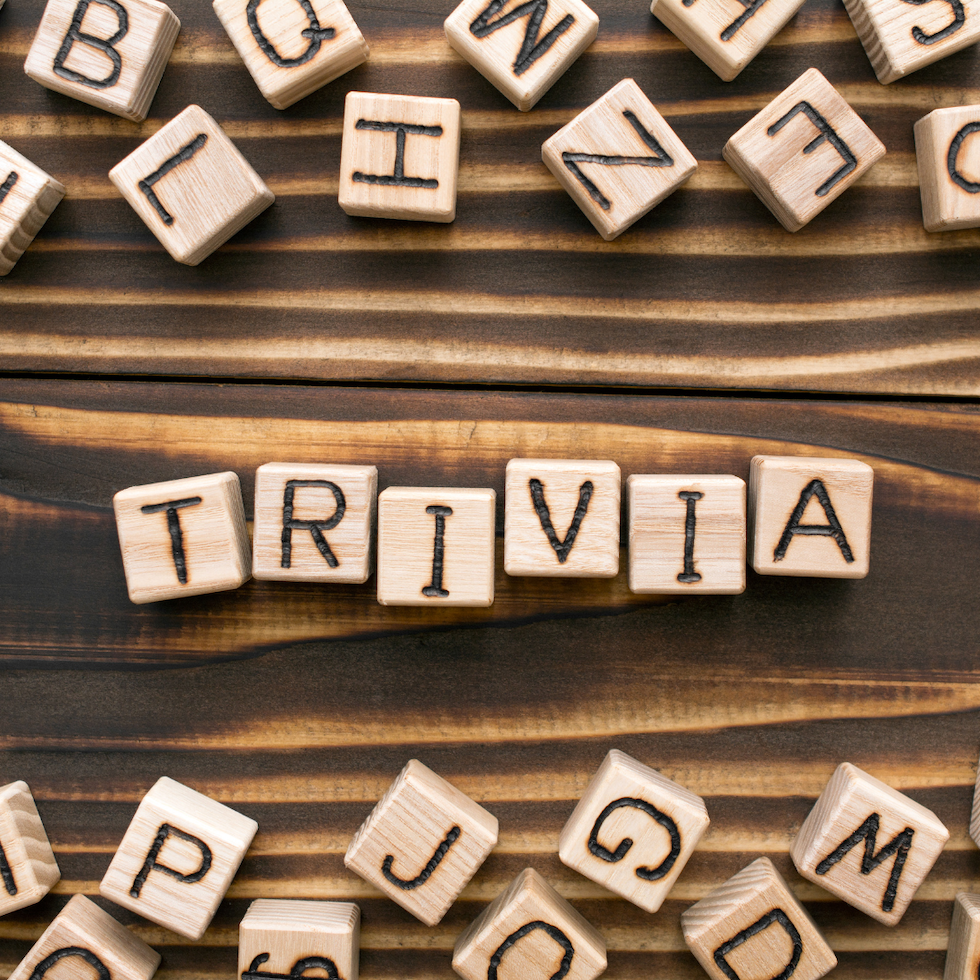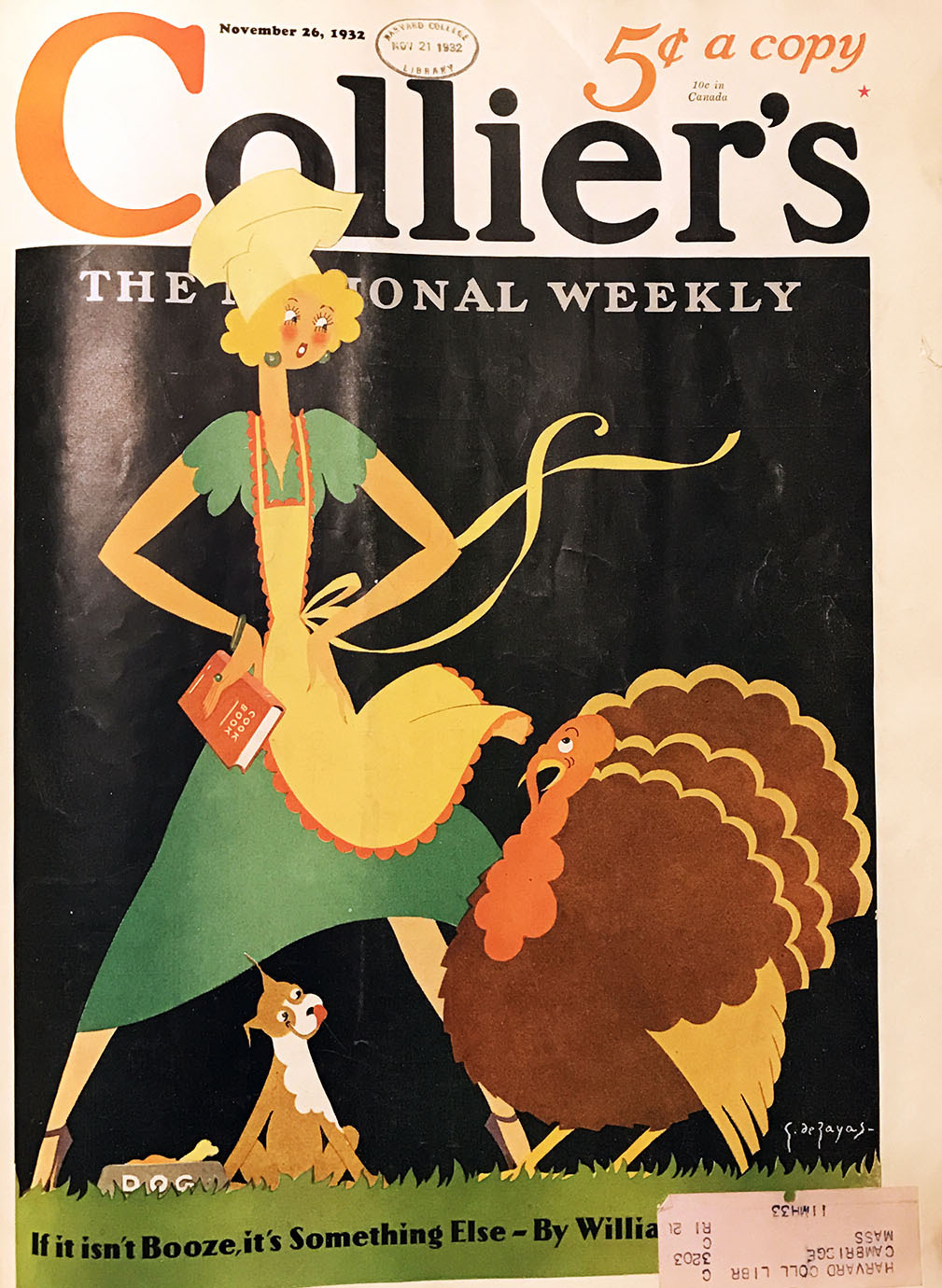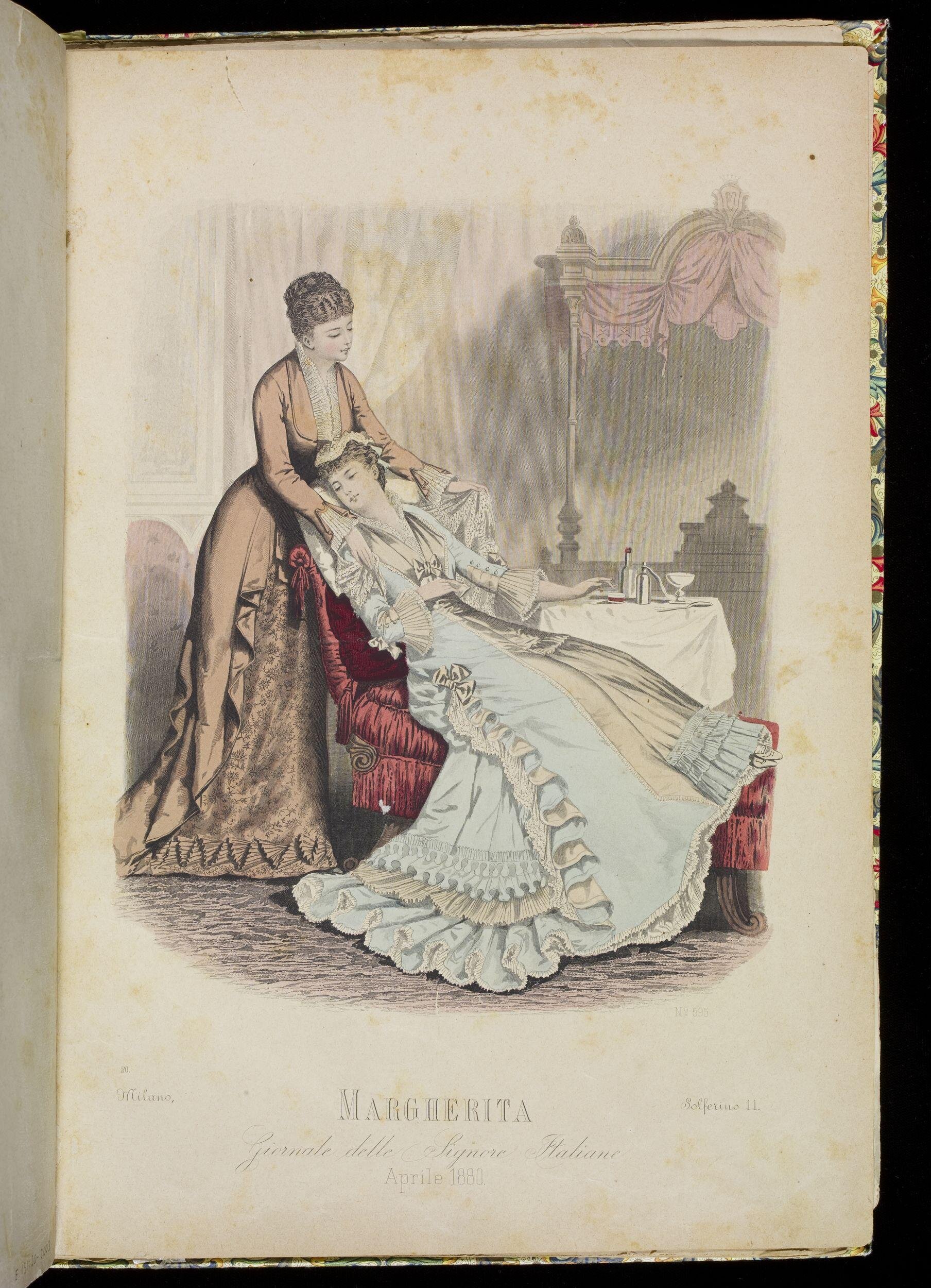Because of films and movies, the Victorian era is idealized and envied. For Halloween and parties and reenactments, all some people want is to be able to dress in a Victorian Style dress, but what does that really mean? The Victorian Era lasted roughly seventy years and was named so, because that was the entire time Queen Victoria ruled England. Because of the long time period, there are many different kinds of dresses that would technically fit into the definition “Victorian” style. So, here are some ways that you can be a little more specific to help you find what you’re looking for when you start shopping for your own Victorian gowns.
The Victorian era began with the end of the Regency. Regency style clothes were demure and simple. Think Jane Austen: Straight lines, calico, a little lace, empire waist. The Victorian Era began by going to the extreme of ball gown skirts and puffed sleeves, knocking the Regency era clothes on their back. While Calico was still the rage, early Victorian Era gowns were much fuller than the previous Regency dresses. The necklines became lower, sleeves became shorter, and colors became bolder. Overall, the dresses sort of “announced” with a loud trumpet that a new era was coming, and the lavishness of the Early Victorian style dresses never ceased throughout the rest of the era.
Hoop skirts became more popular during the mid-Victorian era as a way to keep skirts full all the time. For every day wear, lacy blouses with a cameo brooch and a long, flowing skirt were appropriate. However, for nightwear, dresses were much more lavish. The sewing machine was invented in the Victorian era, which meant that Victorian dresses could have more intricate detailing and new, difficult patterns. One common feature of Victorian Evening dresses was a fichu. A fichu was a scarf-like piece of fabric that was used to adorn dresses, and was usually tied onto the dress with some kind of ribbon.
In the late Victorian era, hoop skirts skirted their way out of fashion and bustles bustled their way in. Bustle dresses began to take style around 1869, and stayed in fashion until the end of the Victorian Era in 1901. Bustles were achieved with fabric (or sometimes even a cage) near the tailbone of the woman who wore it, which would create the illusion of a slim waist. Necklines got higher again, and dresses were straighter, more A-line gowns that were no longer the full skirts of the beginning and mid-Victorian eras.
We can see that there is much diversity within the Victorian Era before we move into the once again demure Edwardian Era. So, before you decide that you want a Victorian style dress, think about which style you want—early Victorian, mid-Victorian, or Bustle. While all three styles are beautiful, they are all unique in their own way, and prove that there is no one, true Victorian style dress.










Leave A Comment